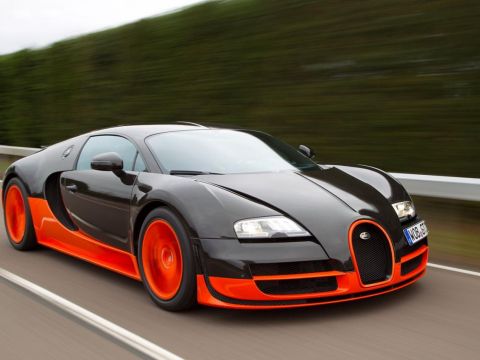A Look Into the History of Porsche Cars
The history of Porsche cars runs from long before Ferdinand Porsche even started his own car manufacturing company. In his lifetime, the young Austro-Hungarian worked as an engineer for many well-known car manufacturers including Mercedes, Daimler, Volkswagen, and many others. In fact, the first of the Porsche cars was built on the Volkswagen beetle platform.
Porsche Milestones
During the war in 1945, Ferdinand Porsche’s son Ferry Porsche took over his father’s company after he was imprisoned. It was then that Ferry designed the 356 which is currently recognized as the first true Porsche sports car. The last model of the 356 was released in 1965 although its same engine design was used in the 912 model.
Ferdinand Porsche passed away in 1951 and Ferry Porsche had the task of taking over his father’s company. He continued to design and sell a number of race cars and sports cars in order to keep his father’s company as well as his family alive in post-war Europe. Porsche cars were becoming regarded as excellent race cars after entering and winning a number of races even decades after their first introduction. However, it was not until the release of the 911 under Ferry’s son Ferdinand Alexander Porsche that Porsche truly gained international recognition.
The 911 was a marvel of automobile innovation as the first to make use of the two-liter 6 cylinder boxer engine that put out the largest amount of horsepower during its time. Its continued manufacture from 1964 up to this day is a testament to its enduring design and capability.
In 1990, the innovation of a tiptronic clutchless manual transmission was introduced in its models. It was used in Porsche car models for more than a decade after its creation before it was substituted by the dual clutch PDK system in the early 2000s.
Porsche Models
After the birth of the 911, most subsequent Porsche cars were named using only numbers. The 9-series models were developed over a number of decades and each model introduced a new innovation. The 912 was considered only an entry-level model due to its primitive engine so it was replaced by the 914 in1970. The 924 boasted the use of an Audi powerplant and thereby surpassed the 914 six years after its creation. In 1982, the use of a 4 cylinder engine in the 944 was a further improvement over the 924.
The 924 made use of a front-engine layout in order to keep production costs down. Although many Porsche enthusiasts do not appreciate the unconventional layout used on the model, it is undisputable that the 924’s affordable price kept the company going even through the tough economic crisis.
The 959 was developed and released in the lat 1980s and was based on the latest model of the 911. It boasted of 197mph at top speed and was a marvelous racing car. However, its turbo system made it an extremely costly car to manufacture and only a few models remain today.
Porsche cars today
Finally, after decades of using 9-series model names, Porsche introduced cars with more easily identifiable names in the 1990s. The Boxster was introduced in 1996 while the Cayenne, the Cayman and the Carrera GT were introduced in the early 2000s. The luxury car Porsche Panamera made its debut in 2010.
The Cayenne was released in 2005 due to the consumer clamor for more SUV-like vehicles. However, the Cayenne drew mixed reviews since its debut. Although it boasted of a staggering amount of power, its exterior design left a lot to be desired.
The Boxster deviated from the classic rear engine design of the 911 by opting to prioritize balance and steering with its rear wheel drive layout. It was created in the same vain as the 924 since it was meant to help the company make more money to fund more expensive car projects like the Carrera GT. It was sold for a relatively affordable price despite its top speed of 155mph.
The Carrera GT was originally meant to be a race car. However, it was redesigned for consumer use due to budget constraints. It is constructed using a most expensive yet recognizably strong carbon fiber although the extremely loud engine noise that this model produces could deter some buyers.

